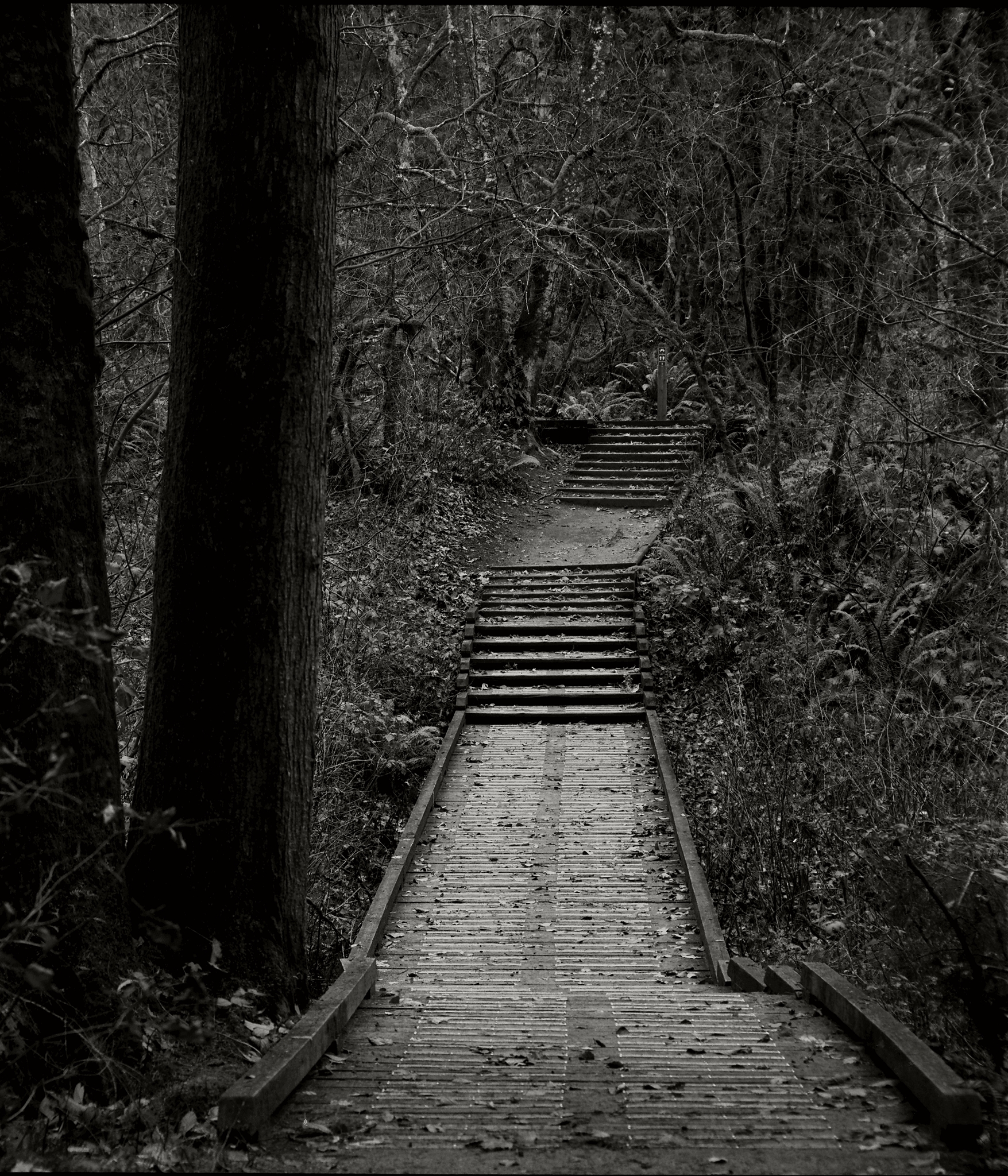No, starting around f/22 a tiny bit of diffraction sets in; but at f/32 the effect of reduced sharpness will probably be visible. Whenever possible, I try to shoot at f/16, unless of course, a higher shutter speed is needed, like for handheld shots. Optical performance is excellent all the way from f/4 to f/22. Then the question just becomes a matter of depth of field. I've often had to shoot mine at infinity subjects handheld because the wind was too extreme for even a heavy tripod.
It's hard to comment on filters because I don't know if you plan to use color film, black and white, or both. I personally dislike what polarizers do, so never carry one. But if you do choose one for the tropics, it needs to be the well-sealed Kasemann type like B&W offers at a premium price, so you won't get moisture between the elements.
For color film, I like Kodak Ektar 100 color neg film. But it can render a slightly bluish cast to shadows, so I always have at least a light amber-pink skylight filter along, like a KR1.5. For black and white shooting my minimalist kit consists of a 22 deep orange, 25 red, and Hoya X1 medium green, sometimes an XO light yellow green as well, all 67mm of course. But a lot of that depends on your specific film and personal taste. I normally shoot TMax 100 for sake of maximum detail and long tonal range. I also carry a Pentax 1 degree spotmeter.
Bring a spare cable release, spare lens cap, an extra meter battery, and a few extra microfiber lens cloths, plus some plastic bags to keep things dry.
I've never been to Central America, but have used my Texas Leica quite a bit on tropical Maui. It's a wonderful travel camera.











 More seriously, if you want a very wide range of focus from foreground to background, you pretty much have to use a camera with front or back tilt.
More seriously, if you want a very wide range of focus from foreground to background, you pretty much have to use a camera with front or back tilt.